The new leadership of the Windows & Web Experiences team is shaping a new roadmap for the operating system, which will be define the OS for the coming years.
Advertisеment
Here are some details on the roadmap. Microsoft, under the guidance of Panos Panay, made the strategic decision to introduce refreshed versions of Windows every three years, accompanied by frequent smaller updates that bring new features independent of the platform version. These updates, cleverly codenamed "Moment", are released every few months.
But after Panos Panay resigned, the new management of Windows has decided to return to annual releases of new versions of Windows. This means that instead of several small updates, Microsoft will release one major Windows feature update each year, moving the system to a new code base. The company still may use Moment updates, but they will no longer be the primary way to introduce new features to Windows.
Windows 11 23H2 and the upcoming Hudson Valley update
According to reports from Windows Central, the upcoming Hudson Valley update is expected to be implemented in 2024. It is anticipated that the Windows 11 version 23H2 will receive an additional "Moment" update sometime in February or March.
The Hudson Valley update is projected to be developed on the Germanium platform, with an estimated completion date of April 2024. However, the release of Hudson Valley itself is projected for August, which suggests that regular users will likely receive the update in September or October, at the earliest.
As with the Cobalt platform and Sun Valley update in 2021, work on Hudson Valley will continue into the summer as many new features are developed independently of the platform in separate branches.
It is reported that OEMs will begin producing ARM devices with a version of Windows on the Germanium platform as early as June 2024. The fact is that devices with Snapdragon X Elite processors require changes to the Windows platform, and these were made in Germanium. This is why manufacturers cannot release devices with Windows 11 23H2. However, they also don't want to wait for Hudson Valley's fall release.
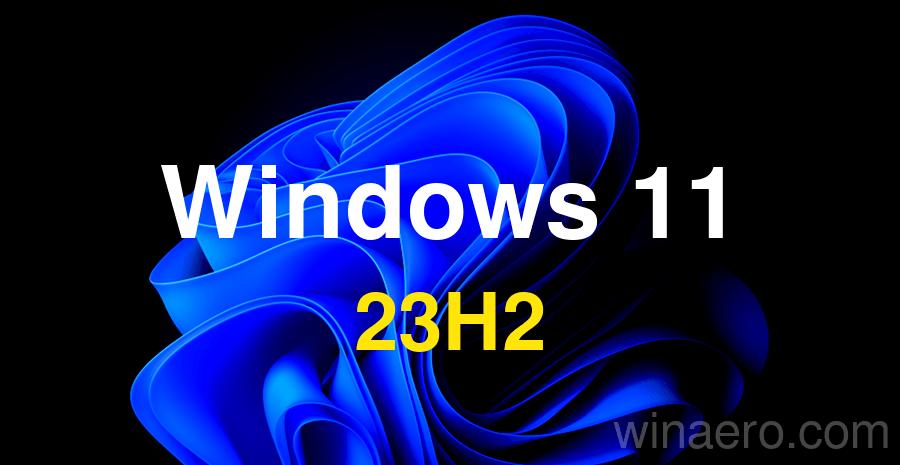
Therefore, Microsoft will release a new version of the Windows platform before the next Windows client update is ready. This also means that devices pre-installed with Germanium-based Windows will not have most of the new features included in the Hudson Valley update. In the fall, these devices will receive a relatively small cumulative update with all the innovations from Hudson Valley. In turn, Windows 11 23H2 users will receive a major feature update.
What to expect from Hudson Valley?
In the development of Hudson Valley, a significant focus is given to the incorporation of advanced artificial intelligence technology into the operating system. This integration will involve the utilization of new processors equipped with NPUs to accelerate AI computations, as numerous AI functions are expected to rely on this enhanced processing power.
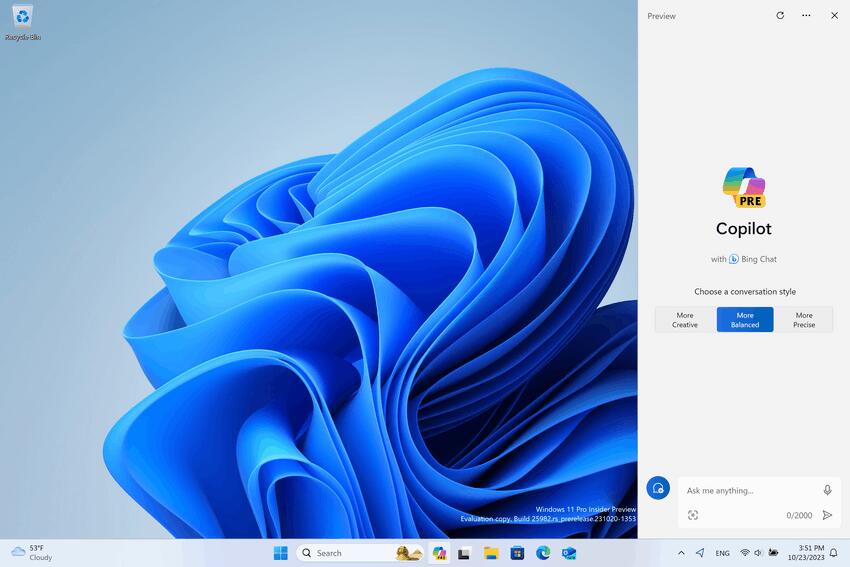
AI-based Windows Shell
One of the key advancements will be the integration of an artificial intelligence-based Windows Shell. Accompanying this innovation, an upgraded "enhanced Copilot" that can continuously operate in the background will be introduced. This Copilot will enhance search capabilities, facilitate the initiation of projects and workflows, comprehend contextual cues, and more. According to sources cited by Windows Central, these AI-driven attributes are anticipated to be truly ground-breaking.
AI-powered Timeline
Microsoft is working on a new version of the Timeline feature that will allow you to rewind time in apps and websites that Copilot has remembered, as well as filter information based on specific criteria. For example, you can search for "FY24 earnings" and you will see all the times that term appeared on the screen.
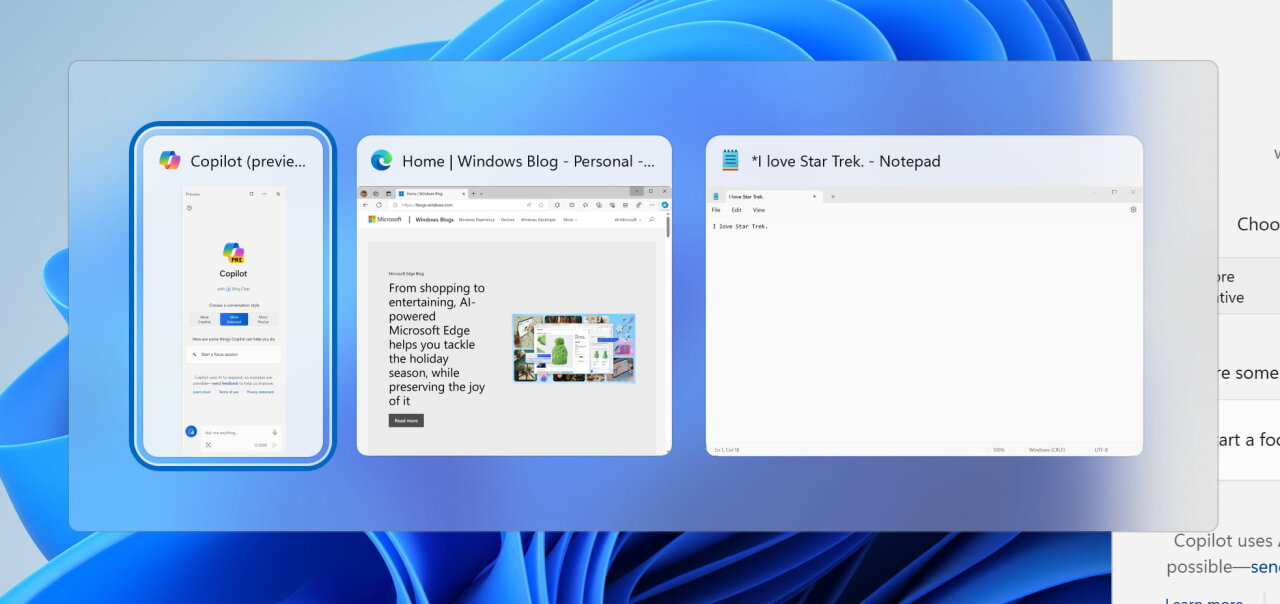
AI-powered Search
Artificial intelligence will also improve search in Windows. You'll be able to use natural language queries to find things you've already opened or seen on your computer. If you don't remember the title or contents of a document, you can create a search query like this: “find the document that Bob sent to me on WhatsApp a few days ago.”
Super Resolution
Also being developed is a feature called Super Resolution, which will use the NPU hardware unit for high-quality upscaling of videos and games. An improved version of the Live Subtitles feature will be able to translate subtitles into multiple languages in real time, be it an audio track in a video or a call.
AI-powered desktop wallpaper engine
Microsoft is working on desktop wallpapers with artificial intelligence support. The new feature is expected to use machine learning to detect layers in any image to create a subtle parallax effect that responds to mouse cursor movement or the built-in gyroscope.
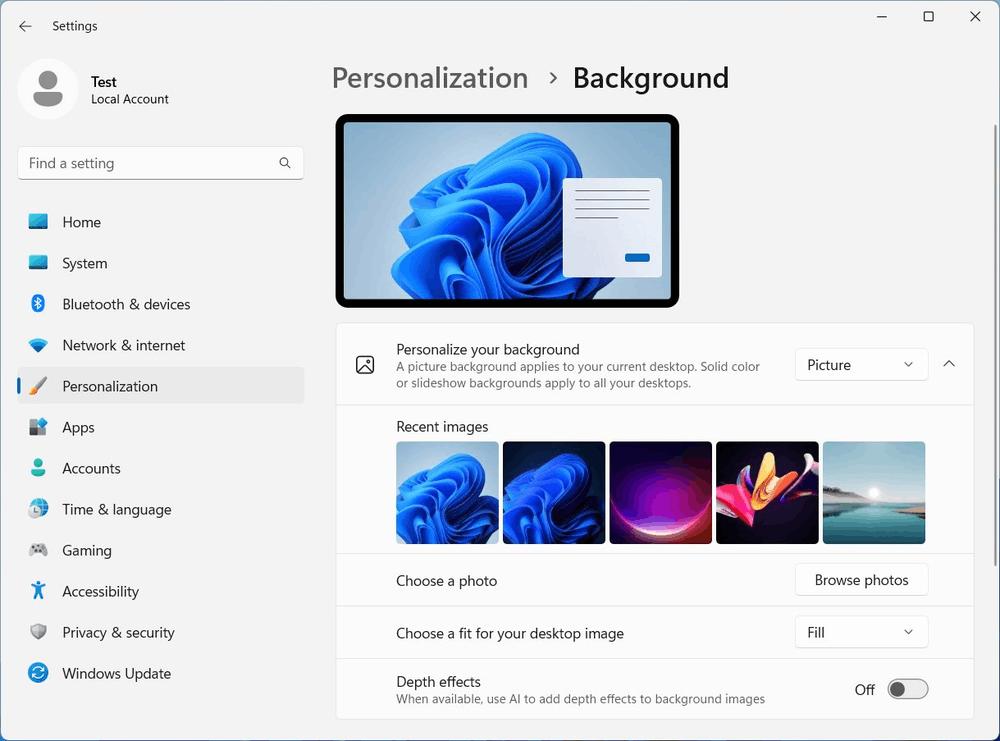
Creator features in Start and File Explorer
They plan to add a new “Сreator” area to the Start menu and Explorer, where all Microsoft services will be collected that allow you to create various content. There will likely be shortcuts to create and navigate to an existing project in Designer, Word documents, PowerPoint presentations, and so on.
Power saving
The power saving function will also be improved. Battery life is expected to increase by up to 50% on some devices. A new “Green Energy” feature is being developed, which, when enabled, will charge the device at the moment when Windows determines that the electricity received is renewable.
New designs
At long last, progress has been made on developing a fresh desktop interface that will position taskbar components, such as the system tray, at the top of the screen. Nevertheless, it is important to note that this alteration is currently being treated as an experimental feature and is unlikely to be implemented in Hudson Valley until 2024. The new Windows management is hesitant to take chances with the initial release, preferring to err on the side of caution.
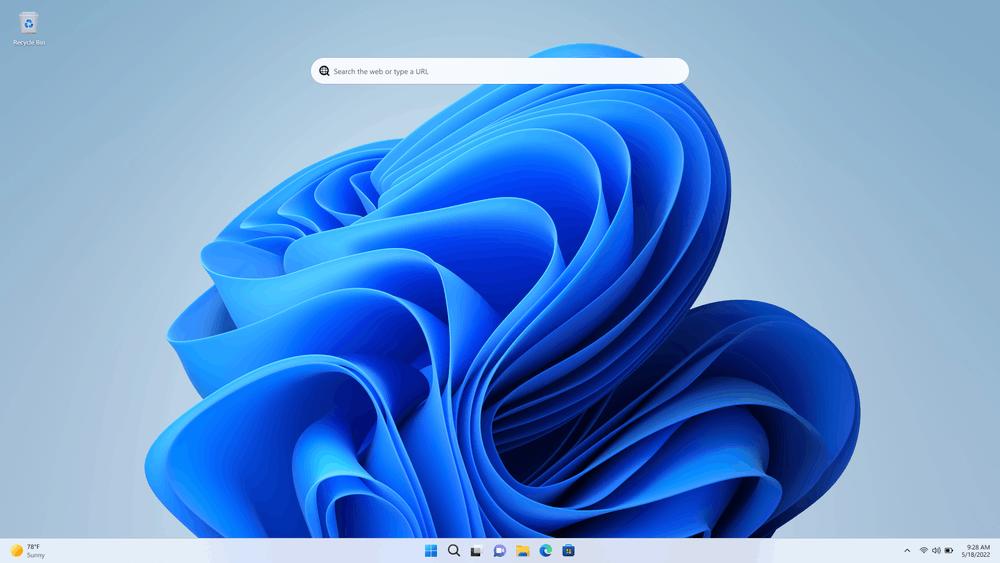
Sources also noted that Hudson Valley is planning general improvements to the system, but there are no specifics yet. Of course, the company’s plans can change at any time, and it’s far from certain that everything described here will make it to release.
Is Hudson Valley Windows 12?
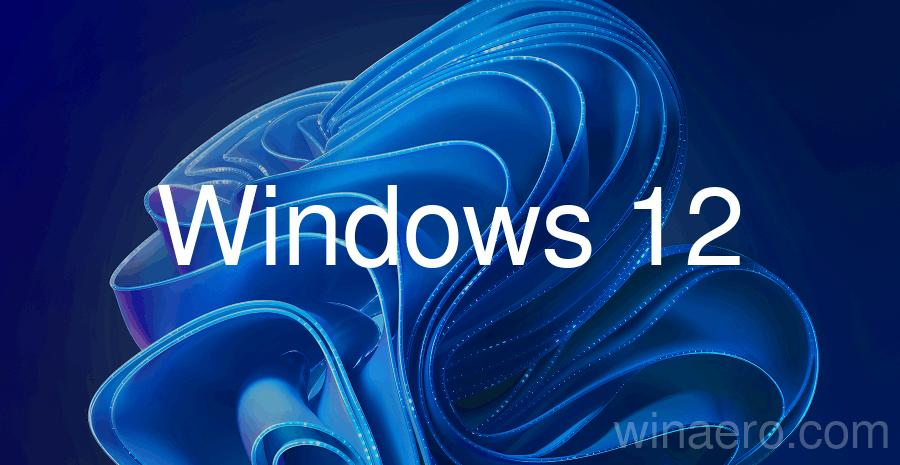
There is still no answer to this question. The sources say Microsoft doesn't want to further fragment the Windows user base with a new product release. Currently, Windows family operating systems are used on 1.4 billion devices, of which 400 million are running Windows 11. About a billion users remain on Windows 10 due to the inability to switch to Windows 11 due to new system requirements.
Therefore, the introduction of Windows 12 will not alleviate user fragmentation and unify everyone on a single Windows version. The selection of a commercial name, however, is up to Microsoft, and a definitive decision on this matter remains pending.
Whatever the name, Hudson Valley is technically considered a new version of Windows within the company.
What about CorePC?
You may remember a new attempt to modernize the Windows platform, the project is codenamed CorePC. It is also internally referred as Win3. The project actually continues the concept laid down in Windows Core OS. The company still wants to create a modular and configurable Windows platform that can quickly adapt to different form factors.
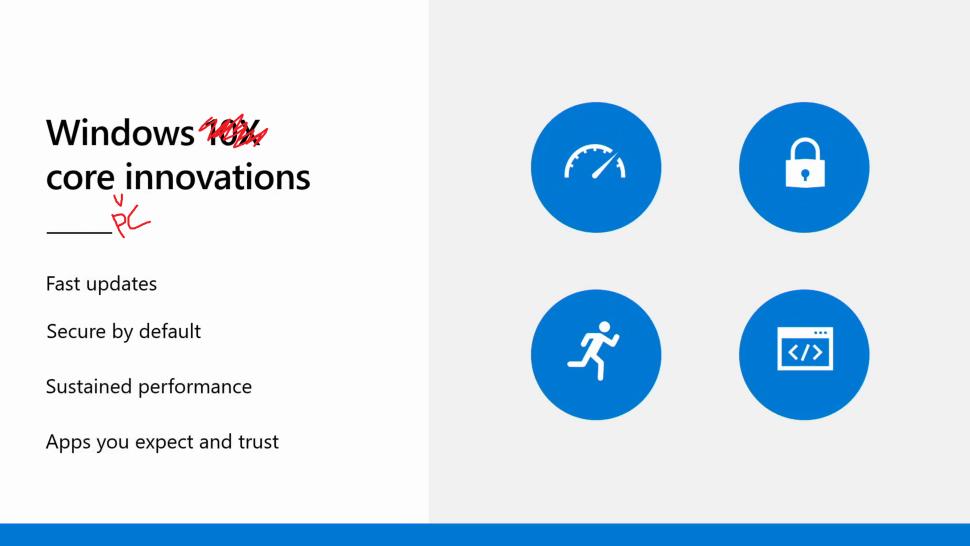
CorePC is a more secure version of Windows because system files, drivers, and other critical modules are located on separate disk partitions and are read-only. This concept also allows for faster operating system updates and makes it easier to restore Windows and easier recovery methods with built-in "powerwash" resets and .FFU recovery methods.
It appears CorePC will never be offered as an upgrade to existing Windows devices. The Windows and CorePC platforms are too different from each other, so there is no easy way to upgrade. CorePC and legacy Windows will exist side by side, since to upgrade to CorePC you need to buy a new device with the OS pre-installed.
Microsoft is also working on a CorePC/Win3 version that should compete with Chrome OS in the budget device market. This project is not affiliated with Hudson Valley. It is unlikely that a version of Windows based on the CorePC project will appear in 2024.
Support us
Winaero greatly relies on your support. You can help the site keep bringing you interesting and useful content and software by using these options:
